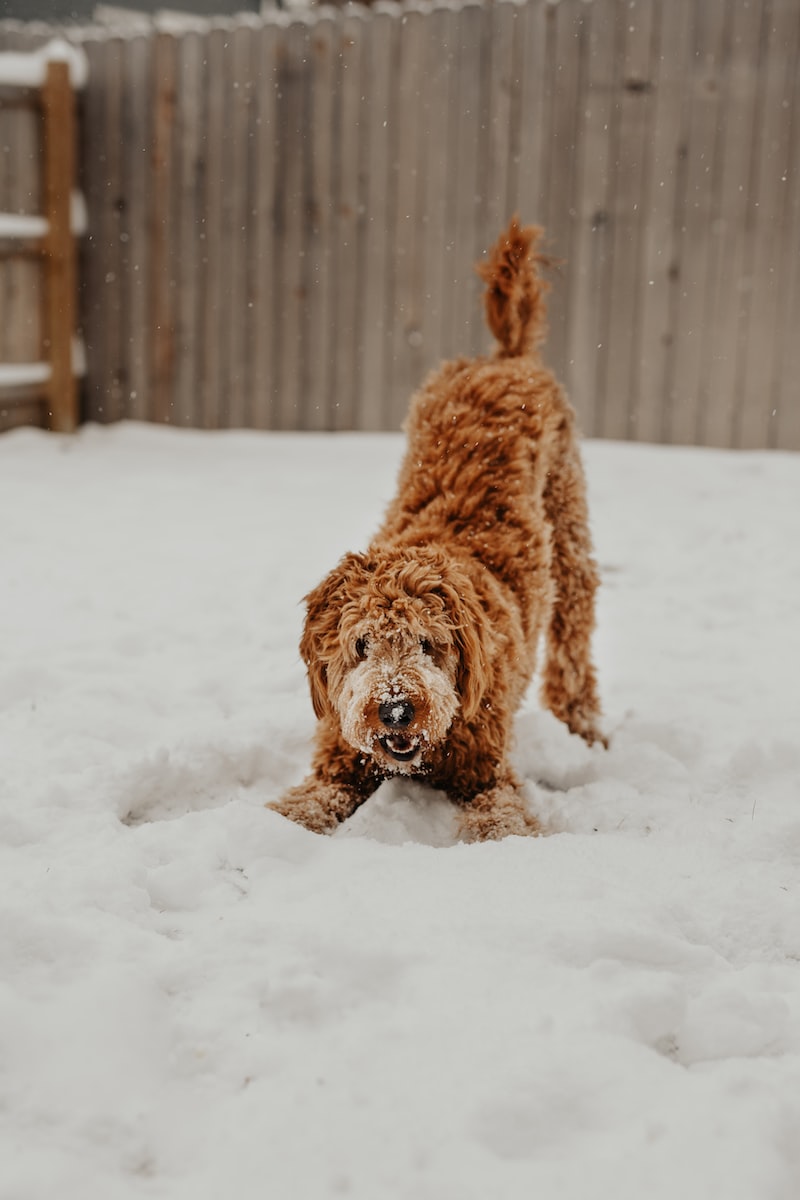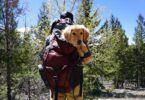There is nothing like watching dogs enjoying themselves in the snow. In reality that not all dogs respond to the snow as easily as ducks to water. Many give white snow a stiff shoulder (pun meant). Does your dog look out at a new layer of snow and stare at you as you tell him, ” no thanks?” If your dog doesn’t want to toilet or pee in the snow, this could be a serious issue. Be assured here, we’ll go over three reasons your dog does not like snow and provide solutions to solve these issues.
Why Does My Dog Hate the Snow?

1. Your Dog is Too Small to Walk in the Snow
The deep snowfall could cause anxiety and even fear in some dogs. They may find themselves trapped and are unable to move out of the snow. Small breeds like Chihuahuas or Shih Tzus or dogs that are low to the ground such as Corgis and Dachshunds don’t have the length of their legs and strength or height to withstand snow drifts as large breed dogs (such as Labrador retriever and German shepherds). They are more likely to feel the ice and snow on their bellies than longer-legged dogs.
Shovel a Cleared Pathway for Your Dog to Walk Through the Snow
Create a space close to your back door that is clear of snow. Walk your pet on a leash should it be necessary, to the location to go potty. Encourage them by luring them in with small treats that are healthy. By plowing a path your dog is able to move around on, it will aid in increasing their comfort with going outside for a potty break during winter.
Create an Indoor Pet Grass Potty
Install an indoor pet potty constructed of fake grass as well as a mat to trap odors. These are ideal for small, elderly, and arthritis dogs, particularly in the midst of snow storms that can be quite severe. Keep a bottle of Commercial protein enzyme cleaner on hand to effectively get rid of any urine spills and remove urine smells from your home.
2. Your Dog Doesn’t Have a Thick Coat to Keep Them Warm
Certain dogs feel cold more than other breeds due to the fact that they don’t have an insulated coat that is thick enough to protect them. Breeds that have little or no hair, such as Chinese Crested and Greyhounds get colder as do Siberian Huskies, Samoyeds, and other breeds from northern regions who wear coats that are resistant to cold. The dogs who do not have these coats can shiver, hold their paws or whine to signal that it’s too cold and they must go inside. If you do not pay attention to these signals the dog could be at risk of Hypothermia as well as frostbite.
Have Your Dog Wear a Coat
Put your dog’s coat on thinly an animal coat or sweater prior to venturing out in the open. Be sure the coat fits his torso to allow him to be able to move around effortlessly. The winter clothes will aid in retaining body warmth.
Limit Playtime in the Snow
Reduce the amount of time your dog is outside to avoid the possibility of frostbite or hypothermia developing.
Change Your Dog’s Diet During the Winter Season
Discuss with your veterinarian the possibility of changing your dog’s diet to a high-quality commercial diet in the winter months, which is rich in fat. It can be a wonderful metabolic source of energy.
3. Your Dog Has Tender Paws
Salt and de-icing chemical sprinkled over sidewalks along with ice fragments can scratch and cause irritation to the pads of your dog’s feet. Certain types of deicers may be harmful in the event that your dog chews their paws and injures enough. Additionally, the accumulation of snow and ice could get trapped between your dog’s paws and limit the ability of your dog to walk.
Groom Your Dog’s Paws
Reduce the chance of accumulation of ice on the feet of your dog by hiring a professional groomer to trim the hair between your dog’s feet. Dogs with long hair must be cut back to prevent the formation of ice balls or deicing chemicals from adhering to coats.
Protect Your Dog’s Paws Before and After Winter Walks
Apply petroleum jelly to the pads of your dog’s paws prior to going on walks that involve the possibility of salty or icy surfaces. Buy non-toxic deicers to apply to your walkways or concrete patios. Examine your dog’s pads after every exercise. If required, dip the pads in bowls filled with room temperature water, then wipe them with a clean cloth to remove any ice or chemical from the area between his toes.
Have Your Dog Wear Booties
You could also make your dog wear specially designed booties to provide extra grip on cold surfaces as well as safeguard his paw pads. Remember that not all dogs are happy with these. There’s a higher likelihood of getting him to accept the booties by introducing them inside first, and then making use of treats and praise to help sell the new design. Be sure that your dog feels at ease in his boots inside before moving outdoors. Start with each small step.









Leave a Comment